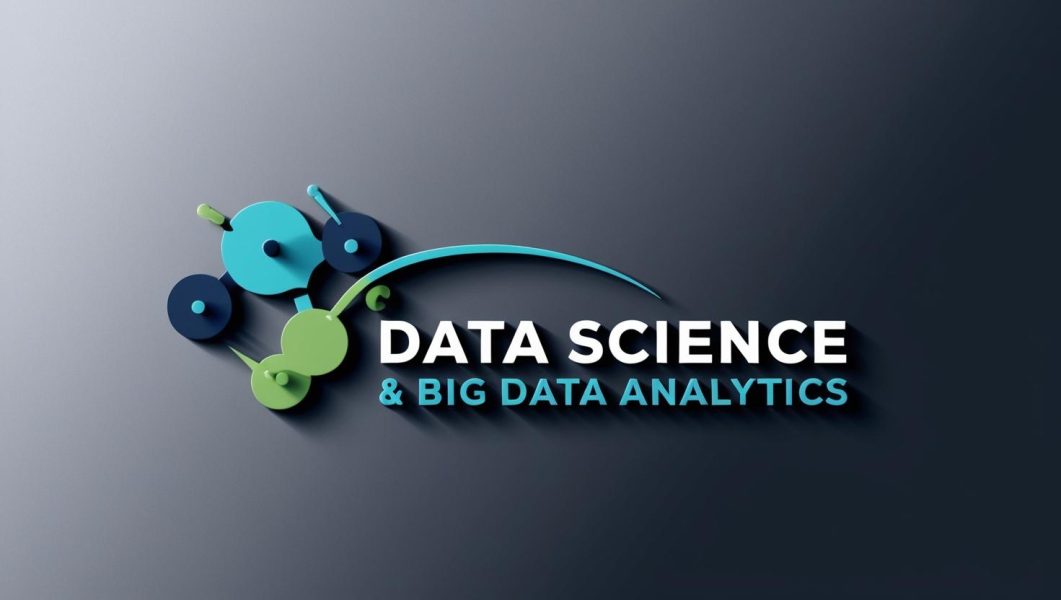
Menu
Big Data & Data analytics
Data Science & Big Data Analytics
With this training, gain an in-depth knowledge of basic and advanced analytic methods, get introduced to big data analytics technology and tools, including MapReduce and Hadoop and how these methods and tools are applied to real-world business challenges.
What is Data Science & Big Data Analytics Training About?
The Data Science & Big Data Analytics Training equips professionals with the core concepts of Big Data Analytics and the Data Analytics Lifecycle to tackle real-world data challenges. This course covers end-to-end analytics, from data exploration to statistical modeling and visualization, using industry-standard tools like R, RStudio, MapReduce/Hadoop, and in-database analytics.
This hands-on training also provides expertise in advanced SQL and MADlib for in-database analytics and key analytical techniques like K-Means Clustering, Association Rules, Linear Regression, and Logistic Regression.
This hands-on training also provides expertise in advanced SQL and MADlib for in-database analytics and key analytical techniques like K-Means Clustering, Association Rules, Linear Regression, and Logistic Regression.
What are the objectives of Data Science & Big Data Analytics Training ?
By the end of this training, you will be able to:
- Understand the Data Analytics Lifecycle and apply it to Big Data projects
- Use advanced analytical techniques and tools to analyze Big Data, create statistical models, and generate insights
- Select the right data visualization techniques to effectively communicate findings
- Work with industry-standard tools like R, RStudio, Hadoop, MapReduce, in-database analytics, and MADlib functions
- Develop expertise in advanced SQL for in-database analytics
- Apply machine learning techniques like K-Means Clustering, Linear & Logistic Regression, and Association Rules
- Prepare for industry-recognized Big Data and Data Science certifications
Who should take this Training?
This training program is ideal for:
- Data Analysts & Data Scientists looking to expand their skills
- Database Professionals working with SQL & Big Data
- Teams starting with Big Data Analytics
- Project teams managing Big Data & Data Science projects
What are the prerequisites for Data Science & Big Data Analytics Training?
- A strong quantitative background with knowledge of basic statistics
- Experience with a scripting language like Python, Java, Perl, or R
- Familiarity with SQL and database management
Programs
- Cloud Training
- Generative AI & ML Training
- Leadership & Soft Skill Training
- Cybersecurity Training
- Customized Training Program
Discover how our
training programs
can transform your workforce
© 2025 withincloud. All Rights Reserved.
